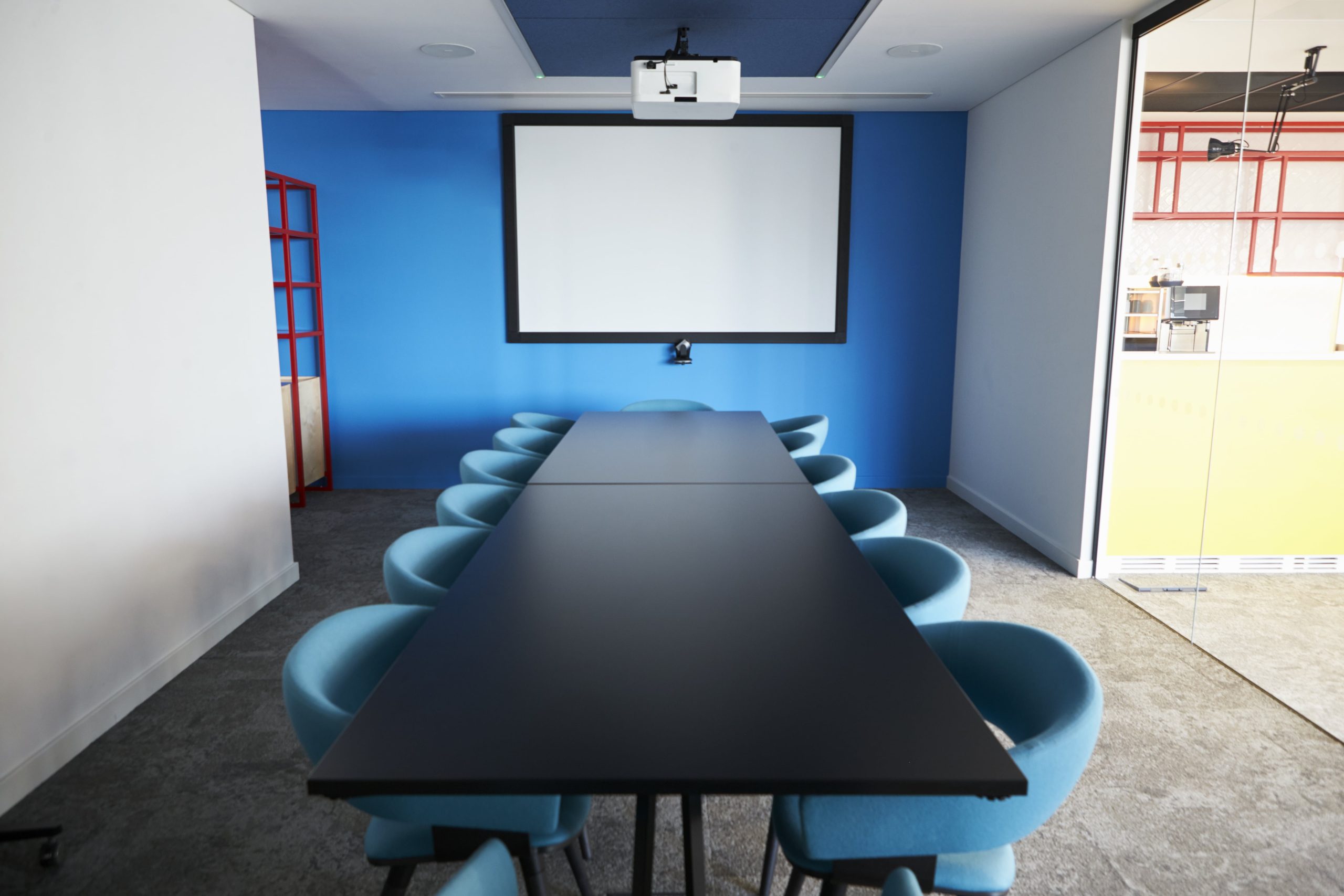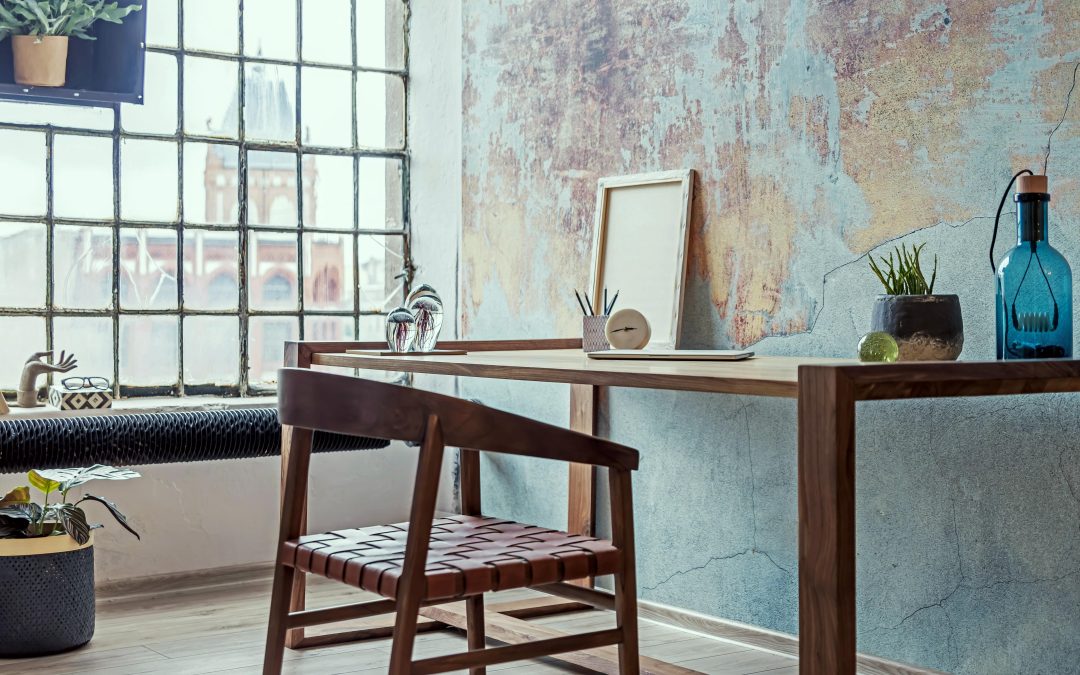Meetings are pivotal in business interaction and can take many forms: formal and informal meetings. There are two primary types of meeting spaces – formal and informal. Understanding their differences and when to utilize either can significantly boost organizational productivity and teamwork. Mastering both formal and informal meeting styles becomes not just an art but an essential key to opening productive dialogues and forging lasting bonds. With this comprehensive guide, we explore the differences between formal and informal coworking spaces, exploring their distinct features, benefits, and best practices for utilization.
The conference space is where ideas take flight, connections are forged, and innovation finds its voice.
Understanding Formal Meeting Spaces
Formal meetings rooms are dedicated spaces designed for structured discussions and decision-making within an organization, following established protocols, hierarchies, agendas, and time limits. Such meeting spaces typically generate thorough documentation, such as meeting minutes. Formal meeting rooms often discuss essential matters like strategic planning, policy development, or crucial decisions while creating an atmosphere conducive to productive deliberations.
Key Features of Formal Meeting Rooms
Structure and Hierarchy: Formal business meeting rooms often follow a predefined structure with designated roles like chairperson, secretary, and participants, ensuring meetings run efficiently while giving everyone involved clear roles to fulfill.
Agenda-Driven: Formal meetings always feature an agenda. Participants receive this document in advance, enabling them to prepare and contribute effectively during discussions. An agenda also ensures that meeting objectives are fulfilled.
Time-Bound: Formal meetings typically follow a predetermined schedule with start and end times to ensure participants adhere to it on time. Punctuality is of utmost importance as keeping to this time discipline ensures participants’ busy calendars don’t conflict with meeting times.
Documentation: Formal meetings create comprehensive documentation, such as meeting minutes, action items, and decisions taken, which serves as an indispensable reference point for future actions and accountability.
Decision-Making: Decisions reached during formal meetings can often have long-term ramifications. They’re based on structured discussions, data analysis, and reaching consensus among participants.
Guidelines for Utilizing Formal Meeting Rooms
Prepare Thoroughly: Attendees should arrive prepared, having reviewed both the agenda and any supporting documents before attending an event or meeting. This will ensure discussions remain focused and productive.
Follow Meeting Etiquette: Adherence to meeting protocols and etiquette, such as speaking one at a time without interruptions, is critical in formal meeting rooms.
Stick to the Agenda: As chairperson, your job should be to keep meetings on track by adhering to an agenda and avoiding unnecessary sidetracks.
Document Decisions: Documenting decisions and action items is crucial for accountability and follow-up.
Overview of Informal Meetings Rooms
Informal meetings rooms provide a casual environment where team members can quickly engage with one another, brainstorm, troubleshoot, and quickly make decisions on minor issues without rigid structures limiting conversations or decisions made therein. Informal meetings foster the free sharing of ideas and feedback among participants while at the same time quickly building consensus and sparking innovative thinking to foster an enjoyable work environment.
Key Features of Informal Meeting Rooms
Flexibility: Informal meeting rooms offer more significant improvisational potential than formal rooms and often serve as spaces for casual discussions, brainstorming sessions, and spontaneous interactions.
Relationship-Building: Informal meetings provide an ideal setting for cultivating trust and strengthening bonds among team members. These relaxed gatherings enable team members to get to know one another better.
Problem Exploration: Participants in informal meeting rooms are encouraged to explore ideas freely. This environment encourages new concepts, troubleshooting challenges, and exploring innovative solutions.
Quick Decision-Making: While formal meetings may involve formal, structured decision-making processes, informal gatherings can enable quick consensus-driven decisions that may not carry as much weight. These decisions can speed up action on more minor issues.
Guidelines for Utilizing Informal Meeting Rooms
Lean on Spontaneity: To foster creativity and innovation, promote spontaneous discussions and brainstorming sessions in informal meeting rooms by encouraging spontaneous discussions and brainstorming sessions.
Promote Open Communication: Establish an environment where team members can express ideas, feedback, and concerns openly.
Keep it Casual: Informal meetings benefit most when participants can express themselves freely, so ensure comfortable seating arrangements and an inviting ambiance for a smooth meeting experience.
Capture Ideas: In informal meetings, capturing all essential thoughts and decisions is crucial. Use digital tools or whiteboards to note critical points quickly.
Knowing Differences Between Formal and Informal Meetings Spaces Effectively
Understanding when and how to utilize formal and informal meeting rooms is integral to optimizing organizational communication and collaboration. Here’s a helpful guide that can assist with this decision-making:
When to Use Formal Meeting Rooms
Significant Decisions: Reserve formal meeting rooms for essential decisions requiring comprehensive discussion and documentation.
Complex Issues: Tackle complicated or critical issues formally in structured environments to facilitate in-depth analysis and problem-solving.
Confidential Matters: For sensitive or confidential matters, formal meeting rooms provide the ideal platform to conduct confidential discussions by protocol for maximum discretion.
External Engagements: When meeting with external stakeholders or presenting to larger audiences, formal meeting rooms will help convey professionalism.
When to Use Informal Meeting Rooms
Fostering Creativity: Informal meeting rooms provide the ideal setting to stimulate creative and innovative thinking among your team members, with their relaxed environment fostering free thinking and encouraging free expression.
Build Trust: Strengthen relationships within your team by holding informal meetings where team members can interact intimately.
Brainstorming: When brainstorming or exploring new concepts, gather in informal settings rather than in a casual meeting room to generate new and creative thoughts. A lack of structure may foster innovative thought.
Quick Decisions: Use informal meetings to make swift, economical decisions on minor operational matters that require consensus-building and expedience.
Bottom Line
Formal and informal meeting rooms serve unique functions in today’s workplace, each providing distinct advantages for teamwork, creativity, and decision-making within your organization. By understanding when and how best to leverage each type of meeting space, you can optimize teamwork, creativity, and decision-making within your organization. By understanding their subtle distinctions strategically, businesses can use formal/informal meetings more effectively to maximize communication. No matter what sort of offices you have for different meetings, Startup Offices has covered you with every need. Call us and know how we can help you.






